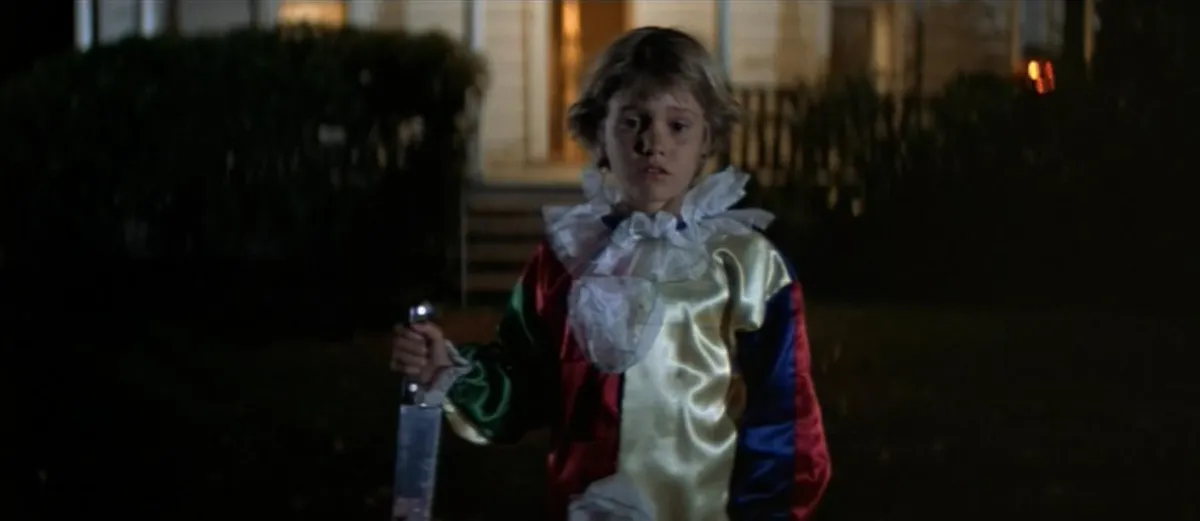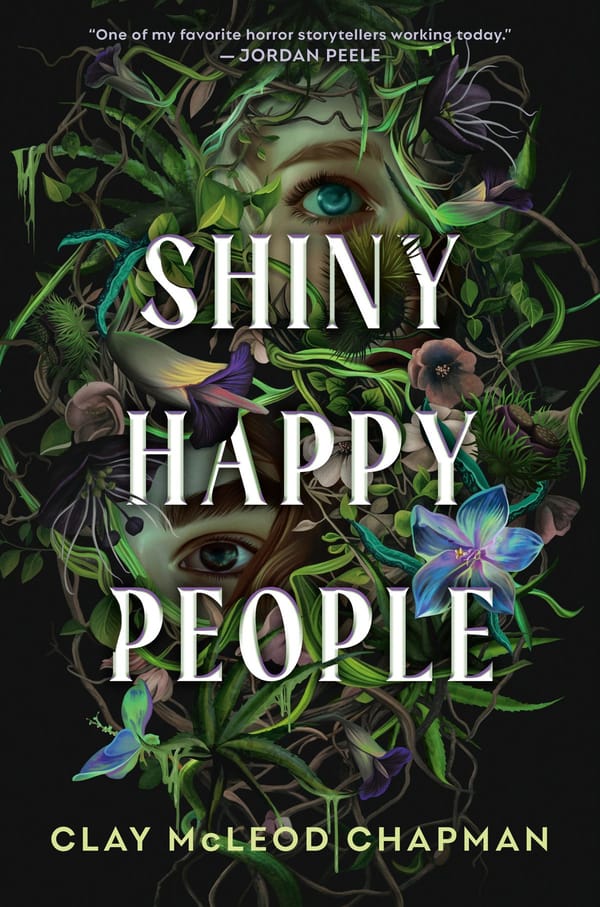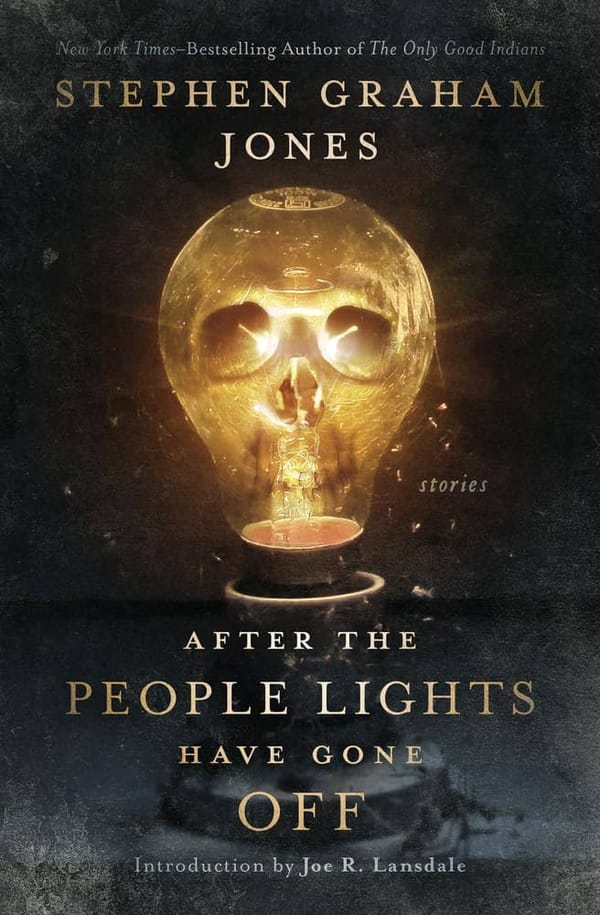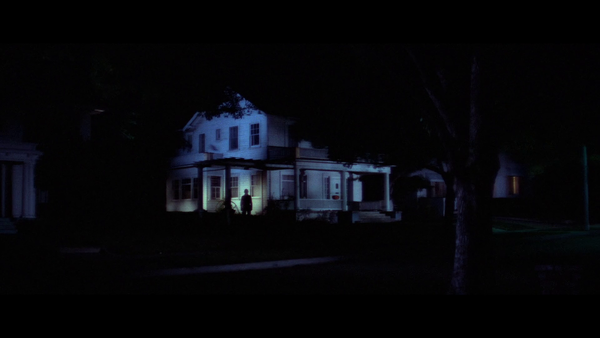Tracing The Shape 2: First Blood

What does Michael Myers want?
It's question we will return to again and again over the course of our journey together in these essays, because it's unknown and unknowable. Michael cannot, will not tell us, leaving us only with his actions and the fevered analysis of his doctor as clues.
But there's at least one other key piece of information we have about Michael, and it's the opening scene, shot with a Steadicam (actually a Panavision knockoff, but "Steadicam" is like "Kleenex" in this context) and spliced to look like one continuous, four-and-a-half-minute take. The Steadicam was employed because John Carpenter and co-writer/producer Debra Hill wanted to give us the killer's point-of-view for this opening scene, not so much because of what that POV says, but because of the reveal at the end, when we realize that the film's first brutal murder was committed by a little boy in a clown costume.
It's a hell of a reveal, but even once you know this information, that opening Steadicam sequence is deeply compelling. Why? Well, because apart from a shot here or there through the rest of the film, we don't get it again. This scene, set 15 years before the rest of the film, is the only true, sustained peek we get into Michael's mind. So, what does it tell us?
The more you watch Carpenter's camera glide around and through the Myers house, the more information you get. It took me several viewings, for example, to clock that Michael doesn't enter through the front door of his own house because he sees his sister and her boyfriend in the entryway, and goes to a side window to spy on them in the family living room. There's a precocious quality to this, the kind of thing you'd expect from a young boy whose elder sister is in the midst of her first sexual experiences. We don't know how many times he's seen Judith with boys before, but Michael clearly understands that his sister does not want him in that room.
"Michael's around here someplace," she says to her date. She doesn't really know where he is, and more to the point, she doesn't care. If her parents were home she wouldn't have to be here, so the best she can do is enjoy what she has, and that means going upstairs.
We don't ever learn why Michael was outside, let alone across the street. He left his clown mask in the house, so he wasn't trick-or-treating. Did he hide because his sister had a boy over to the house? Did he have an argument with Judith? Did she simply wave him away when he wanted attention? We don't know, but we do know that Judith, in the brief time we know her, is depicted as somewhat careless, and eager to have her brother out of the way so her teen hormones can rage.
With Judith and her boyfriend upstairs, we get a series of choices by six-year-old Michael, choices that offer up certain clues to what he's attempting to do. He moves quickly when Judith's bedroom light goes out, around the side of the house and into the backyard, passing an open window on the way and opting instead for the back door. Here's where it gets interesting: The back door is wide open.
Why? Did Michael just swing it wide when he left the house and Judith never closed it? Is it simply open because it's a nice October evening and, just like the open window, it's a way to let a breeze into the house? We'll revisit this, so keep it in mind.
Michael enters this kitchen and, with very little hesitation, goes right for the long kitchen knife in a drawer, marking the first time we see his clown-costumed arm (Debra Hill's arm in reality) and get a sense, as first-time viewers, that something unusual is happening here. Again, Michael wastes little time in moving through the rest of the downstairs, stopping only in the living room to look at the spot where Judith and her boyfriend were cuddled on the couch. Is this profane to Michael? Is it fascinating, even exhilarating? Is it both? Whatever he's feeling, he knows well enough to dodge the boyfriend as he heads out the front door after what's got to be one of the shortest bouts of movie sex in history (and that's saying something).
When we get upstairs, we notice something else about Michael and his relationship to his sister: Their bedrooms are joined, and not just joined, but part of the same sexual experience now that Judith's had her fun. Judith's clothes are balled up on the floor at the foot of Michael's bed. She stripped down for this boy in her little brother's bedroom, heedless of what he might see, while her boyfriend dropped Michael's clown mask on the floor. It's an escalation of Michael's emotions, whether he's disgusted or thrilled.
With all of this detail, all of this context, the kill itself becomes rather straightforward. There's no real sense of suspense by the time Judith Myers takes the first stab wound, at least, not if you watch horror movies on the regular. Like the sex Judith just had, it's all a build-up to a relatively brief climax. The sexual metaphor is quite apt, as we'll no doubt unpack more in the days and weeks to come, but there's also something else I want you to notice about this moment: Judith is singing softly to herself right as Michael walks in behind her. This is something we'll come back to more than once as Michael finds other targets.
With his sister dead, Michael quickly heads downstairs and out the front door just as his parents are pulling up, and you get the sense that had they not just arrived he might've bolted clear into the night the same way he does at the end of the film. Instead they stop him and rip away his mask.
What we see, as the POV Steadicam goes away, is a boy dazed by what he's just done, a boy who looks lost to the world and everyone in it. If we can extend the sexual metaphor, he looks like he's on the other side of a climax, possibly of rage, possibly of bliss. Possibly both.
What is Michael's motive for killing his sister? Dr. Loomis will spend the rest of the film telling us there isn't one, insisting that Michael is "purely and simply evil," but the context clues of what happened that Halloween night in 1963 are clear. Whether it was impulsive or planned, Michael wanted to get back at his sister for ignoring him, for profaning the space of the family home with sexual antics he does not yet understand. His eyes drift to the couch, to the tousled sheets on Judith's bed, and then he turns to murder. Did he know she would die if he stabbed her over and over? Did he see it in a movie? Did he just want to see what would happen? We cannot possibly know these things, but we can see cause and effect in all these little moments strung together in one shot, capped off by what sounds like the beginnings of The Shape's breathing rhythm inside the mask as Michael heads down the stairs.
Which brings us back to the Steadicam, its use in this sequence, and its greater purpose in terms of character building. As a tool for a surprise reveal, it's a great device, but the reveal is long since out of the bag. So what else does the Steadicam do? As any fan of Stanley Kubrick's The Shining will tell you, it creates a dreamlike quality to the movement, a sense of almost floating. It doesn't mimic human movement exactly; it can't. Instead it creates a feeling that we're viewing the scene through the eyes of someone almost levitating.
Or through the eyes of a dreamer.
This is where I think Dr. Loomis is wrong about Michael Myers. I don't think that he sat in Smith's Grove for 15 years and looked ahead to Halloween night, 1978. I think he sat in Smith's Grove for 15 years and looked backward, to Halloween 1963. I think that, whatever drove him to kill in the first place, he experienced something transformative in that moment, something akin to his sister's sexual awakening, and that switch can never be unflipped. I think that he relives that night every day, awed by it, consumed by it, forever entranced by what he did and how it felt. It's a loss of innocence, yes, but Michael also gained something that night, something shadowy and full of teeth that he has never been able to shake.
Which is why I believe the dreamy Steadicam is more than compelling imagery. I believe that what we are seeing in this opening sequence is Michael's memory of what happened. The smoothness of it, the open back door, the ease with which he goes for the knife, the focus he places on all the spots in the house Judith sullied with her sex, these are things his mind has highlighted over and over again across a decade and a half. However it might have felt in the immediate aftermath, it feels good and right to him now, and he's developed his memory into the perfect little reel of murderous footage. That's what the sequence shows us. It's not the birth of a killer, but a killer's perfect vision of the night he drew first blood, and he carries that vision with him through everything that will come next.
What does Michael Myers want? In the context of this scene at least, he wants that feeling back, and he's about to get the perfect opportunity.
Next Time: Smith's Grove!


